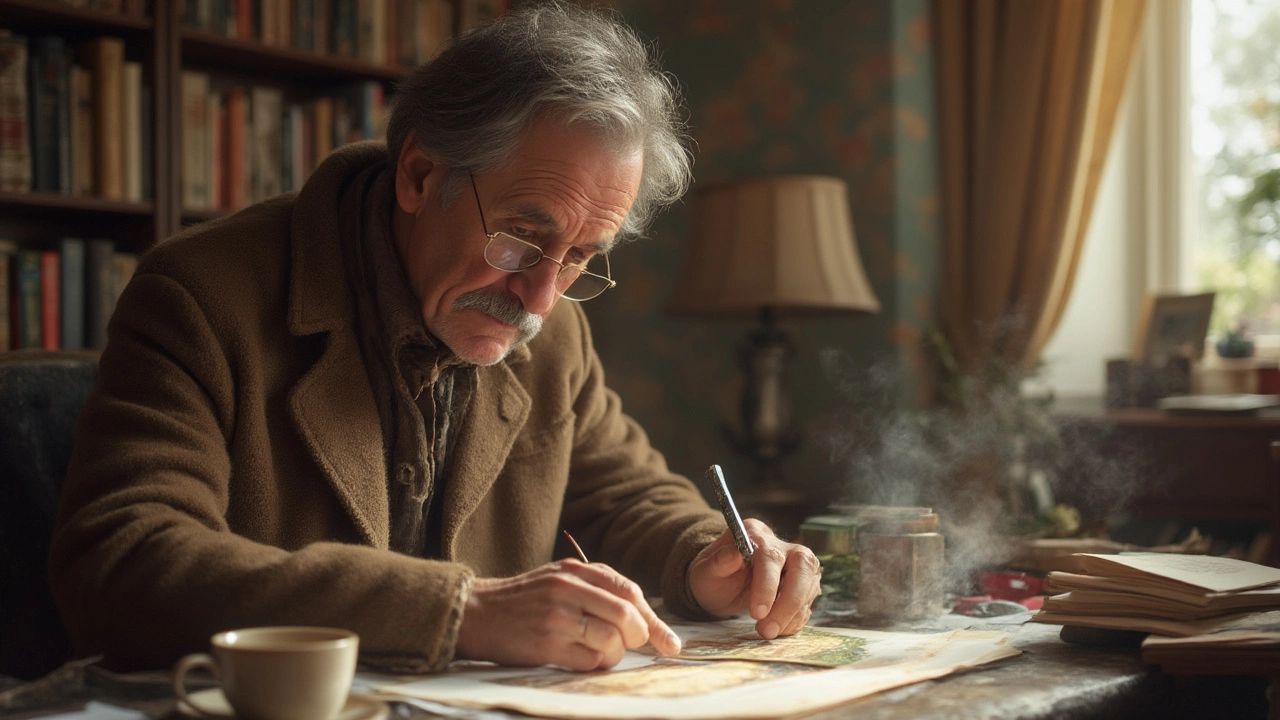Fine Art Print: What It Is and How to Pick the Right One
If you’ve walked into a gallery and seen a beautiful image on paper, you’re probably looking at a fine art print. It’s a reproduction of an original artwork, made with care so that the image stays true to the artist’s vision. Unlike cheap posters, fine art prints use high‑quality paper, inks, and often come in limited editions. That’s why they can be worth a lot and feel special in a home or office.
Key Things to Look for in a Fine Art Print
First, check the edition number. Most fine art prints are part of a limited run, marked something like “25/100.” The lower the total number, the rarer the print. Second, feel the paper. Archival‑grade paper feels heavier and smoother than standard printer paper, and it resists yellowing over time. Third, look for the artist’s signature or a reputable studio stamp. A signed print adds authenticity, but you still need to verify the signature is genuine.
Ink type matters too. Giclée prints use archival ink that doesn’t fade quickly, while older lithographs might use different processes. If the print mentions “giclée” or “c-type,” you’re likely getting a modern, long‑lasting version. Finally, ask about the provenance – a simple receipt or a certificate of authenticity can protect you if you ever decide to sell.
Caring for and Displaying Your Prints
Keep your print away from direct sunlight. UV light can bleed colors and make the paper brittle. A simple frame with UV‑filter glass does the trick and adds a polished look. When you frame, use acid‑free backing and matting; this stops the paper from reacting with the frame’s materials.
Control humidity and temperature. Too much moisture can cause the paper to warp, while dry air makes it brittle. Aim for a stable room climate—around 65% humidity and 70°F (21°C) works for most homes. If you need to move the print, handle it by the edges and avoid touching the image side.
Finally, think about where you hang it. A spot at eye level works for most viewers, but you can also create a gallery wall with a mix of prints and small originals. Grouping similar themes or colors makes the display feel intentional, not random.
Fine art prints give you a chance to own a piece of an artist’s work without the price of a full painting. By checking edition size, paper quality, ink type, and authenticity, you can make a smart purchase. Keep the print safe with proper framing and climate control, and you’ll enjoy it for years to come.

17 Jul 2025
Discover practical steps to spot authentic giclee prints and avoid fakes. Learn key identifiers, printing secrets, and must-know tips for art collectors.
Continue reading...
